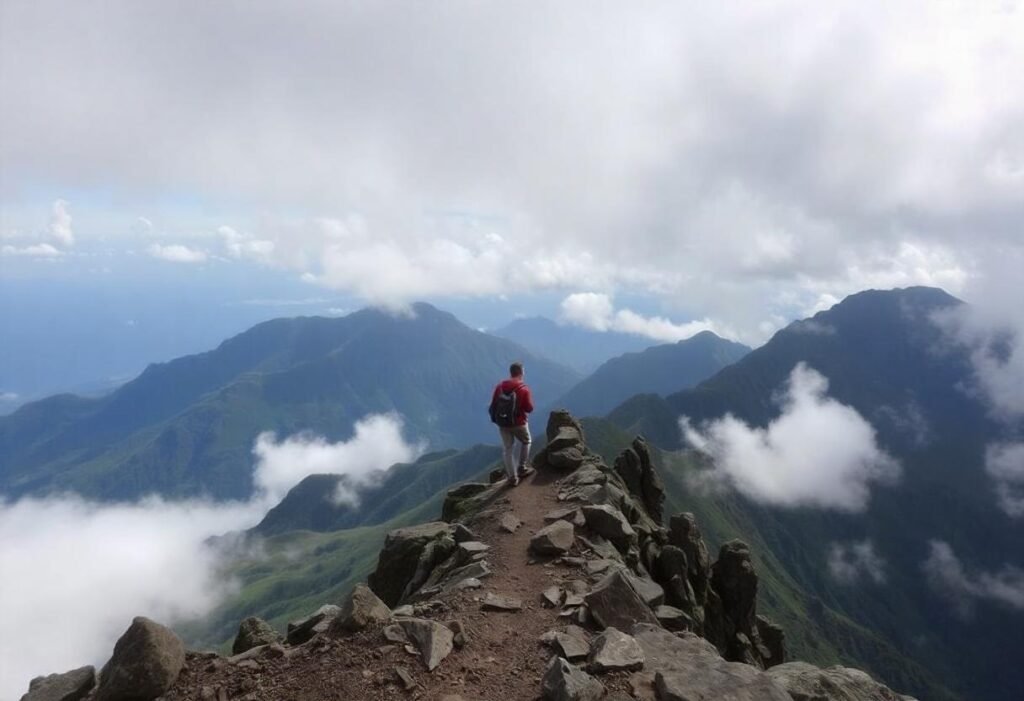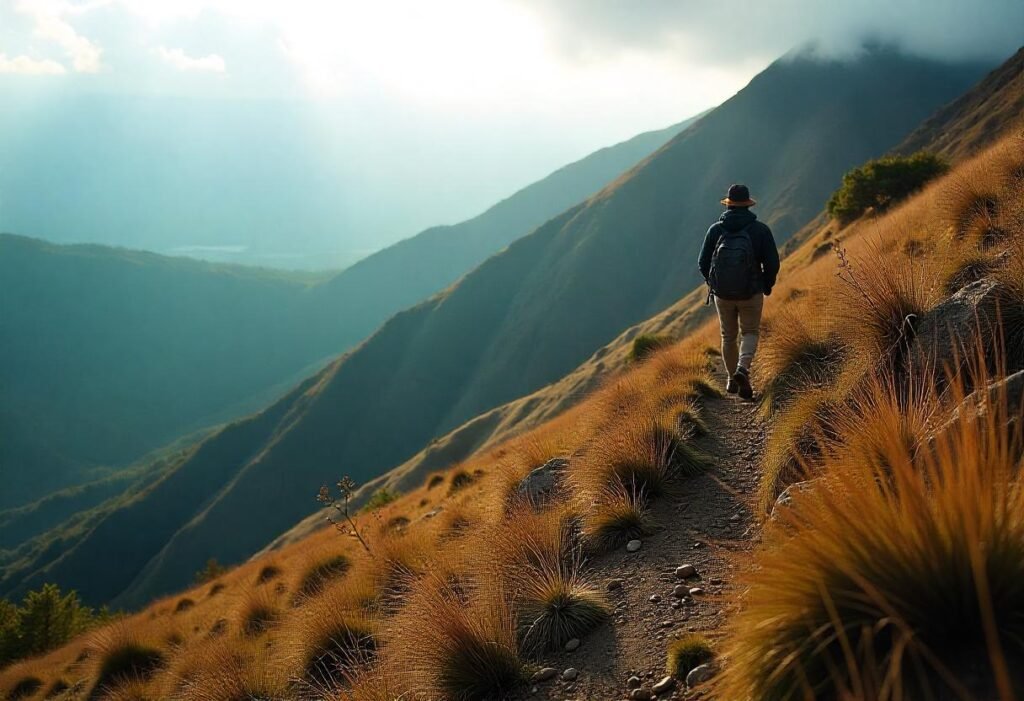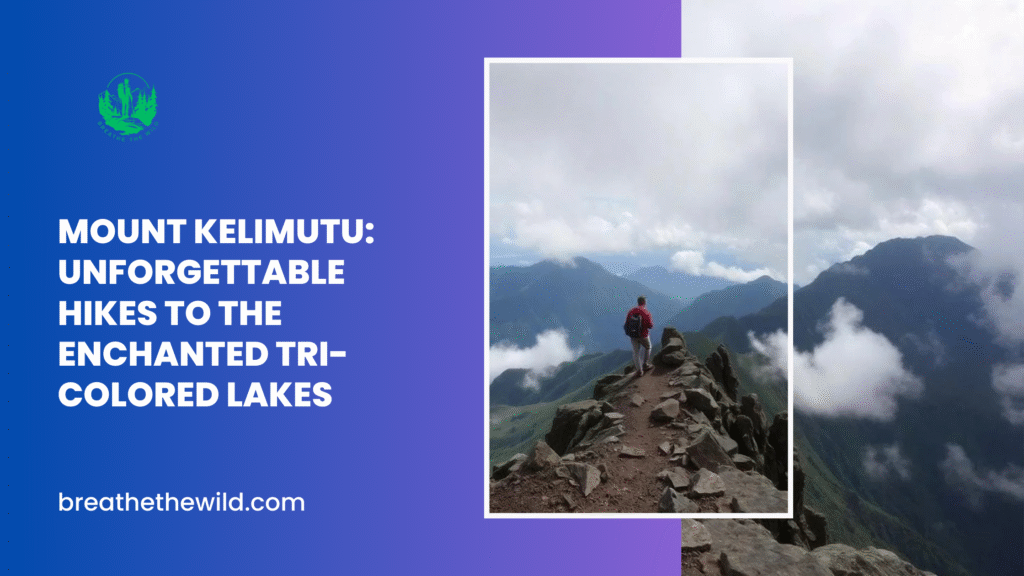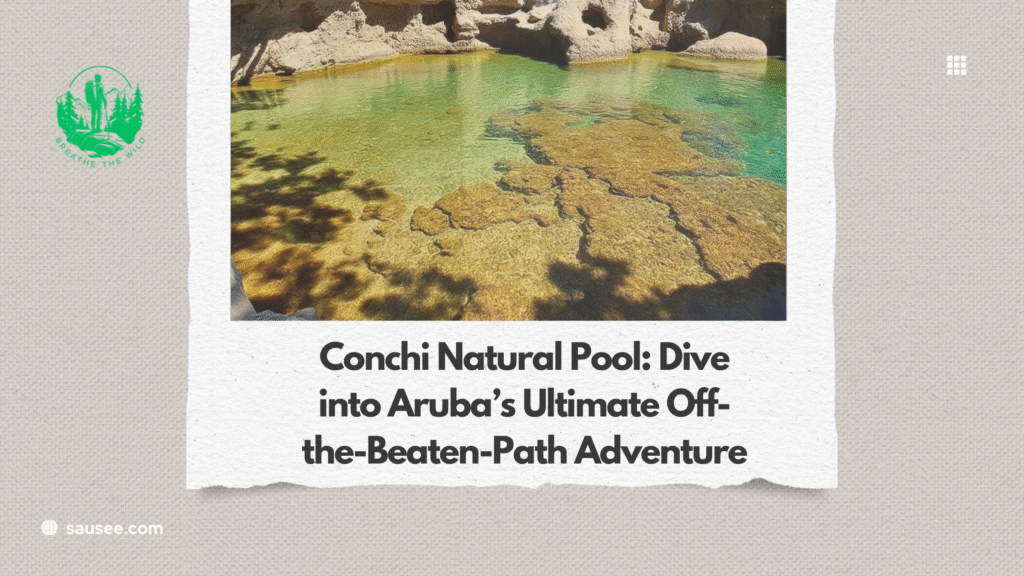Table of Contents
Introduction: Why Mount Kelimutu Should Be on Your Bucket List

The most wondrous natural place in Indonesia is Mount Kelimutu because it is distinguished by the unreal journey of triple-colored lakes that vary in color due to the seasons. The dormant mountain located on Flores Island is not just a pretty sight because it is a cultural and spiritual heritage shared with the beliefs of the islanders. Take a hike to the top of Mount Kelimutu.
There is more than scenery to be enjoyed; there is a sensation of mysticism, of another world, as the sun goes over the three colored lakes. As a hiking guru, nature lover, or adventurer, a visit to Mount Kelimutu is the kind of trip you will never forget and would be on top of all adventurers ‘checklists.
Where Is Mount Kelimutu? How to Get to This Volcanic Wonder
It is located in the middle of Flores Central, East Nusa Tenggara, and the area is surrounded by Kelimutu National Park. The volcano is a 50km (estimate) East of Ende dazzling volcano-based volcano which is also conveniently visited by the domestic flight either to Ende airport or Maumere airport on the island of Bali or Jakarta.
In the town, travelers might ride a local bus and hire a car to continue to the beautiful village of Moni, which is located on the foothill of the mountain and is a great starting point for the Kelimutu hike. Moni offers a variety of accommodations, and it is where one is expected to sleep before the early morning excursion towards the crater lakes.
The Science and Magic Behind the Tri-Colored Lakes
One of the reasons why Mount Kelimutu is known worldwide has to do with the existence of three crater lakes, all with names: Tiwu Ata Bupu, Tiwu Nuwa Muri Koo Fai, and Tiwu Ata Polo. It is due to volcanic activity and various mineral compositions that make them different and always changing in color. When the gases are expelled around the lake beds, they are combined in the surrounding water and minerals that exude impressive shades that can turn blue and green to red, white, or even black.
This is, however, not spelled out by science alone. The lakes are the holy regions of the Lio people since they consider the lakes the ultimate resting places of various souls. One is the young ones, one the old and the wise, and finally the wicked who lived in disgrace. The mountain, or the mountain known as Mount Kelimutu, is truly unique because of bot: the aspect of wonder of nature and the spirituality of the mountain.
Hiking Mount Kelimutu: What to Expect on the Trail
The trek to the top of Mount Kelimutu is not too demanding, and it should be ideal for the trekker who is new to the trekking activity since it would roughly take 30 to an hour and a half to reach the top of Mount Kelimutu in case one starts the adventure at the trailhead in Moni. Its trail is also in good shape and made up of stone-paved pathways and minor slopes, hence making it accessible to the majority of the hikers. The simplest trail leading to the top will hike through the foggy forest, exposed volcanic ridges, and a wooden observation tower with magnificent vistas.
The most likely case would be that they would utilize the hiking during the previous day, before dawn, to hike up to the top during the sunrise. The morning sky light is diffused, and with it, the crater lakes have an illusionistic lighting giving them a not-so-bad dreamy and idyllic and suitable to dream and good to photograph as well. It is possible to take a flashlight/head lamp and hike in layers and come early to surprise the rush.
The Sunrise Experience: Witness Nature’s Masterpiece in Motion

Watching the sunrise over Mount Kelimutu is of its kind. When the first rays of the rising sun cut through the hazy morning sky, the three lakes of the craters begin blinking in their insane colors. The lakes’ are spectrums of gradual changing to complex deep color to bright hues turquoise, green, or blood red, according to which mineral and volcanic gas is involved. It is a magical transfiguration that can be compared to the creation of a masterpiece by nature in the process.
It will be good to note that, in order to experience this moment, one should ensure that he has hiked earlier enough such that he is able to be at the peak during the morning time at sunrise, and this should and must start off earlier than 44:30 AM. Mornings tend to be less windy with skies of generally cheaper cost, thus it is better to conduct such photography during this time. A tripod in case you are serious about photos, and warm clothes at the very top of the mountain, it can be cold before sunrise. You might not be a morning person, but it is one experience in Indonesia that you will never forget.
Best Time to Visit Mount Kelimutu: Seasons, Weather, and Visibility
Mount Kelimutu is open throughout the year, but the most ideal time would be between the months of April to October, whereby in Indonesia, which is the dry season. These are the most clear months of the year, lakes are even more beautiful in their color, and hiking trails are safer and less wet. Travel when this is not the high season tourist season, which is normally in July and August.
Rainy seasons (November to March) bring about heavy rains, and the lake view may be thickly covered by dense mist, and the trails may be slippery. Be sure to check the weather report before you go and come earlier in the dry season or when there is an ideal balance of low people and good weather.
Check Out: Baliem Valley: Hidden Hiking Paradise You’re Missing Out On.
What to Pack for the Mount Kelimutu Hike
Hiking is not that stressful, not that long indeed, but one is not going to enjoy it without prior preparation. Warm layers of things you should bring, especially after dawn, a headlamp, a flashlight, a water bottle that you can refill as you go, munchies, and not to mention your camera or smartphone to take a photo.
A rain jacket is also handy, at least in some seasons. Other hikers will also use trekking poles when hiking on wet ground. Light travelling is a good suggestion, but you ought to be prepared to cross varying mountainous weather and the chill of early mornings.
Culture and Community: Exploring Moni Village and Local Life
Not only is Moni village a convenient foundation for your Mount Kelimutu adventure, but it is also a cultural destination on its own. Moni is a welcoming village with the infrastructure of rice terraces and a waterfall. Being surrounded by the Lio people, the native people of that land, allows them to glimpse their culture. Become a part of local homestays, where the traditional food will melt your mouth, music will touch your soul, and the kind hospitality will warm up your heart.
Do not skip a chance to buy something at a small, local business, buy a handicraft, or even go to a cultural performance, provided that there is one. Respectful and sustainable travel will ensure the economy and traditions of Moni are retained, so your journey will not be selfish–instead, this will become an experience that means something to both you and to the people who live here.
The Sunrise Experience: Witness Nature’s Masterpiece in Motion
Watching the sun rise over Mount Kelimutu is something all right. When the early rays of the morning sun pierce through the hazy morning sky, the three crater lakes start glowing in different surreal colors. Lakes slowly transition to dark shadows to intense coloration of turquoise, green, or blood-red, depending on minerals and volcanic gases involved. This enchanted change seems like Nature is creating her best painting before your eyes.
In order to do this, it is best to begin the hike early, say earlier than 4:30 AM, to reach the top in time before the sun rises. Mornings are usually exceptional to have a clearer sky and less weather, therefore, it is ideal for taking photos. Don a tripod, or if you are really into photos, and wear plenty of clothing, it can get cold up on top of the mountain before daylight. You may not be a morning person, but this is one experience in Indonesia that you can never forget.
Best Time to Visit Mount Kelimutu: Seasons, Weather, and Visibility
Mount Kelimutu is accessible all year round, but it will be better to visit it during April and October because the country is having its dry weather. The months provide the brightest skies, the most intense lake color, and safer and drier hiking trails. The months of July and August are likely to be tourist-filled seasons, and therefore, adjust your plans accordingly in case you want to avoid the crowds.
The wet months (November- March) of heavy showers and dense mist would conceal views of the lakes and make the trails slippery. Have a weather check before you hit the trail, and consider coming early in the dry season when you will have equal chances to enjoy good weather and fewer tourists.
What to Pack for the Mount Kelimutu Hike

The hike is short and pretty easy-going, but it is still better to have proper preparation to enjoy it. Some must-haves are plenty of layers of clothing, since you would start early in the morning, a flashlight or headlight, a refillable bottle of water that is refillable, some snacks, and above all, your camera or mobile phone to take photos to cherish the view.
It may be useful to have a lightweight rain jacket, depending on the season of the year. Other hikers always carry walking sticks to provide them with better balance, particularly under wet conditions. Traveling light is also a good idea, but do not forget about variable mountain weather and the chill in the morning.
Culture and Community: Exploring Moni Village and Local Life
You will find Moni village a comfortable base for your Mount Kelimutu adventure as well as a cultural gem on its own. Situated inside a rice terrace and surrounded by authorized waterfalls, Moni represents a friendliness towards the holders of Lio culture, the local indigenous population. Camp with local homestays with available traditional meals, music, and hospitality.
And, do not want to miss the opportunity to visit small community businesses, buy handmade crafts, or attend a cultural performance, should it be offered. Respectful and sustainable traveling will facilitate the conservation of the traditions and economy of Moni, where you can have a meaningful experience that can benefit people who have been living in this place.
For more info: Click Here.
Frequently Asked Questions (FAQs)
1. Is hiking to the lakes of Mount Kelimutu hard?
The Jungle trek up to the Kayimutu mountain is relatively easy and an amateur hiking experience. There is a very good path, consisting of stone stairs and paths, followed by a relatively short time (30 to 45 minutes) to reach the top of the mountain at the parking place close to the city of Moni. It has a small, steep section, but most people can take it, especially in the cool, early mornings.
2. Is it possible to go to Mount Kelimutu without a guide?
It is true that anyone can just peak Mount Kelimutu. It is a well-marked route on which most people tend to hike on their own. Still, to learn more about indigenous myths, geology, and culture, one may consider hiring a local guide of Oaps that are located at Moni.
3. Are all the three-color lakes always red in color?
No, the color of lakes would differ due to the alterations in colors due to the addition or subtraction of minerals, volcanic presence, a nd the effects of sunlight. Instead, you may view the bright turquoise, deep red, milk white, or even black, depending on your time of visit. This is the magic of Mount Kelimutu, which keeps on changing with each visit-these events contribute to each visit being different.



